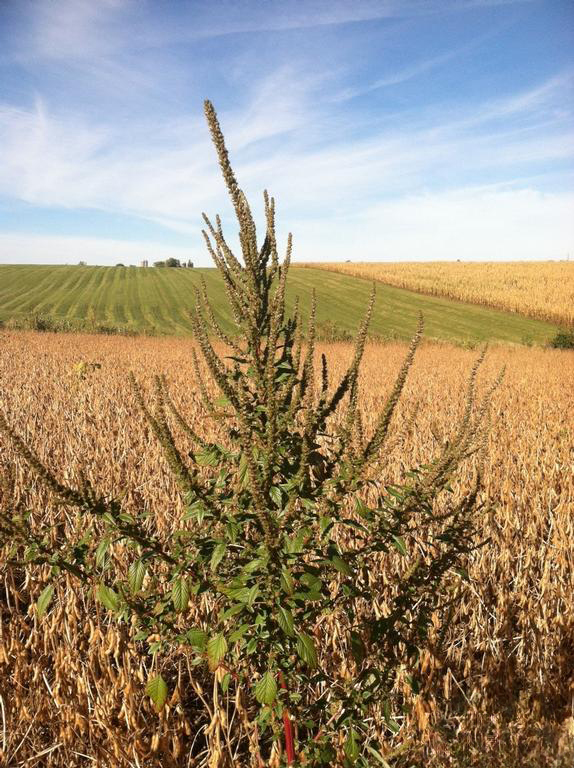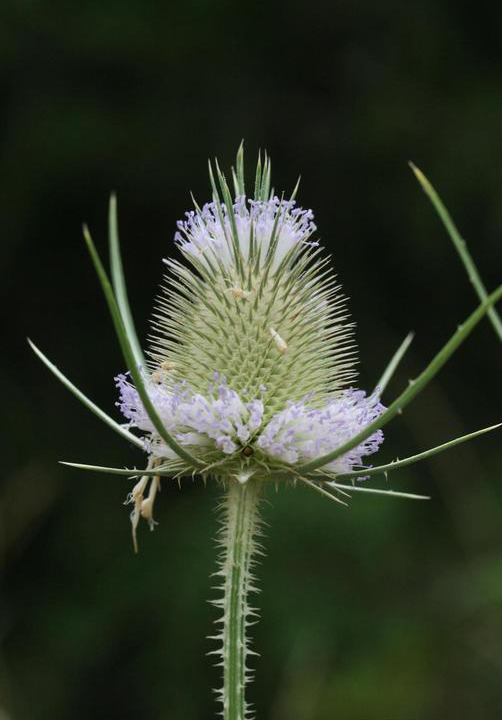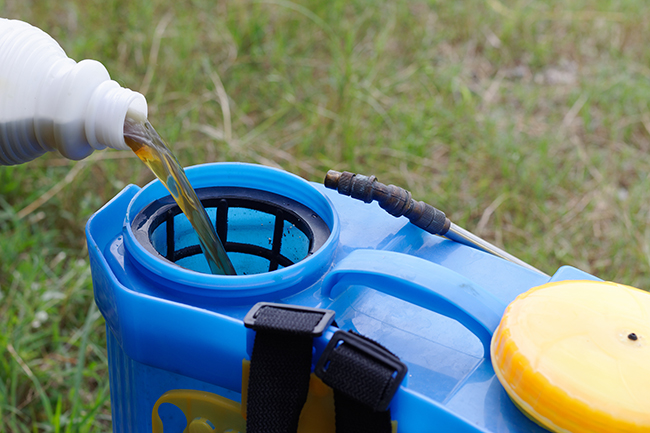Iowa's Herbaceous Roadside Vegetation Threats
Iowa's Herbaceous Roadside Vegetation Threats thompsbb
Bugwood.org)
Noxious weeds are plants that may damage agriculture, recreation, wildlife, or public health. Iowa’s noxious weed law (Iowa Code Chapter 317) gives each county, and specifically the weed commissioner, the authority to order the destruction of weeds classified as noxious by the state. In some counties, the roadside manager also serves as the weed commissioner, while in other counties, the roadside manager and weed commissioner are two separate positions.
The Iowa Legislature established the noxious weed law and lists weeds that were declared noxious in Iowa Code Chapter 317.1A. However, according to Iowa Code Chapter 317.1C, the legislature can modify the list via administrative rule. Therefore, for the most updated list, refer to Rule 21.58.4, “Noxious weeds list,” in the Iowa Administrative Code, Chapter 58 in the Agriculture and Land Stewardship Department section, instead of the list in Iowa Code 317.1A.
There are two types of noxious weeds listed. “Class A noxious weed for eradication,” which are weeds that are of the “highest priority for eradication of existing infestations and prevention of new infestations.” There are also “Class B noxious weed for weed control,” which are “a priority for preventing new infestations and stopping the spread of the species.” Refer to the resources in the “Weed and Invasive Species Information” section later in this chapter to learn how to best manage the species on the noxious weed list.
Herbicide Labels
Labels explain how to use herbicides effectively while protecting non-targeted plants, the environment, and people (including those applying the herbicide). Reading the label may be the most valuable use of your time related to weed control.
Adjuvants

Bugwood.org)
Adjuvants are substances that are added to the herbicide solution to increase its effectiveness. These products are put in the water tank at labeled rates. The following adjuvant types are often used when using herbicides in roadsides.
Surfactants
These chemical compounds improve dispersion and reduce the surface tension of spray droplets. This results in increased penetration and absorption into the weed.
Crop Oils and Crop Oil Concentrates
Similar to surfactants, these also improve dispersion. The oil keeps leaf surfaces moist longer than water, allowing more time for penetration into the weed.
Stickers
These compounds cause the herbicide to stick to the weed and help prevent the solution from being washed off leaves by rain, evaporation, or runoff.
Drift Inhibitors
When herbicide droplets drift in the air, they tend to move away from their intended weed targets. These compounds reduce herbicide drift and increase spraying accuracy by increasing the size of the droplets sprayed.
Antifoaming Agents
These agents reduce foaming in the tank so it can be filled easily.
Water Conditioners

Ensure that hard water containing a high amount of dissolved minerals does not affect the active ingredient in your herbicides. You can use a simple pH meter or test strips to test the hardness of your water. Water is generally considered hard if mineral levels exceed 120 mg/L.
If you have hard water, mix in a chemical water conditioner with your herbicides. Water conditioners prevent minerals such as calcium and magnesium from interfering with the herbicide’s active ingredient. Read the label on the water conditioner to determine what pH and hardness conditions it can be used with, since this can vary.